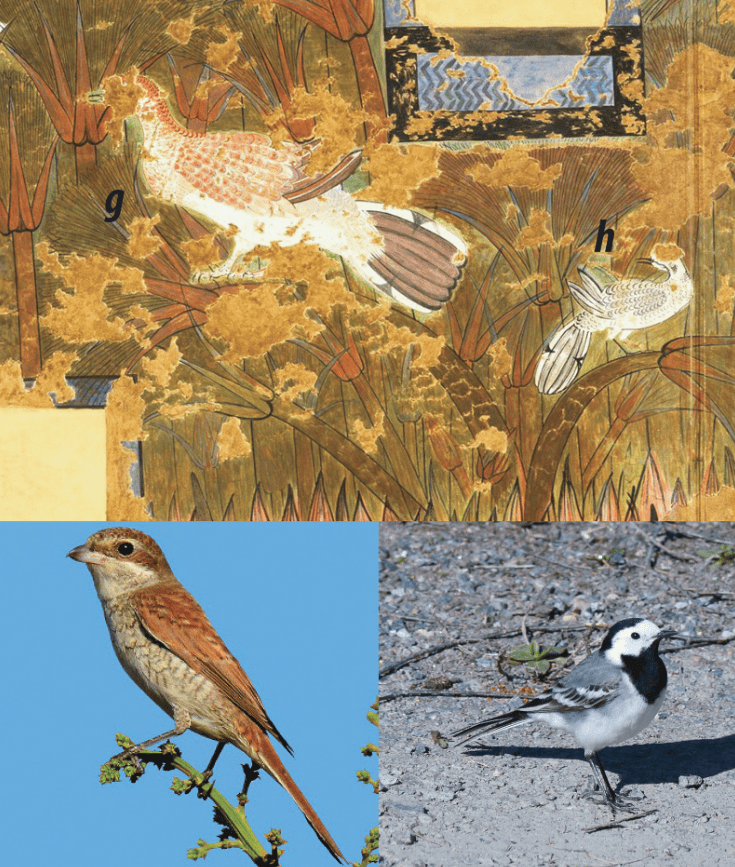A “masterpiece of ancient Egyptian art” discovered in the ruins of a giant royal palace is so finely detailed it’s possible to pinpoint the bird species it depicts.
The artwork can be found at Amarna, an archaeological site where the capital city of the late Eighteenth Dynasty once stood. It’s believed the city was built in 1347 BCE for Pharaoh Akhenaten, but it was abandoned shortly after his death in 1332 BCE.
When it was first excavated in 1924, archaeologists unearthed a lavish palace complex that once belonged to Meritaten, the daughter of the pharaoh and Queen Nefertiti. Among the many grand rooms that adorn the palace, there is the “Green Room” which has a stunning depiction of birds frolicking around a papyrus marsh.
“They have since come to be regarded as masterpieces of ancient Egyptian art,” Dr Christopher Stimpson and Professor Barry Kemp, the researchers on this latest project, said in a statement sent to IFLScience. “Featured in these paintings are some of the most skilfully rendered and naturalistic images of birds known from Dynastic Egypt.”
The newly identified painted birds along with photographs of the real thing. Image credit: Public Domain; The Metropolitan Museum of Art, New York: accession no. 30.4.134
In a new study, a pair of researchers from the UK have now managed to identify all the different birds in the artwork with the help of modern ornithological data and a high-quality copy of the piece made in 1924 by Nina de Garis Davies.
Previous work has found the painting shows kingfishers and pigeons, but their latest work also identified red-backed shrike (Lanius collurio) and white wagtail (Motacilla alba).
“No one knows for sure, although the Green Room was most likely a place of rest and relaxation. Illustrations in rock tombs at Amarna possibly show similar settings where women relax, socialize, and play music,” added Dr Stimpson, study author from Oxford University Museum of Natural History.
“In the Green Room, the atmosphere was likely enhanced by the visions of nature. The calming effects of the natural world were as important then, as they are (more than ever) today,” he continued.
The Green Room painting in all its glory. Image credit: Public Domain; The Metropolitan Museum of Art, New York: accession no. 30.4.134
There is still some confusion around the pigeons, however. The painting depicts rock pigeons, palm doves, reddish turtle doves, and blue rock pigeons. While some of these species, such as the rock pigeon, wouldn’t naturally be found in the papyrus marshlands, the researchers believe they may have been added to make the scene seem wilder, untamed, and close to nature.
“While it is possible to speculate on spiritual explanations, the contrasting artistic themes of the North Palace provide context for a simpler interpretation. The fowl-feeding theme was one of captive birds dominated by people,” the study authors conclude in their paper.
“Conversely, the waterbank design is apparently devoid of human influence. If rock pigeons in their wild state were associated with the natural landscape of the cliffs and removed from the city, then their presence may have been a simple motif to enhance a sense of a wilder, untamed nature, thus presenting another example of artistic licence sacrificing realism for emphasis,” they added.
The study was published in the journal Antiquity.
Source Link: This "Masterpiece Of Ancient Egyptian Art” Once Hung In A Lavish Palace
